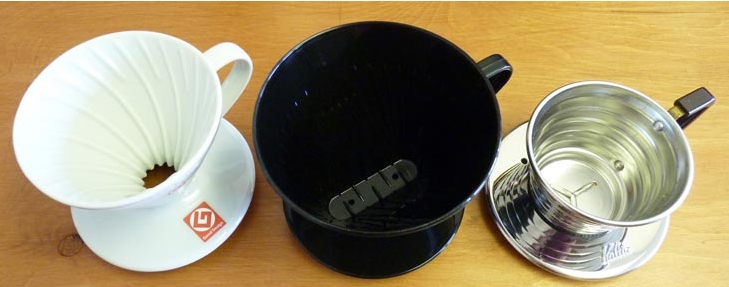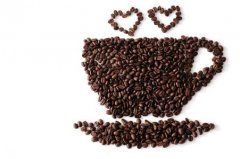Procurement guide scheme / manual filter coffee maker

Manual filter coffee pots are permeable coffee-making utensils that give coffee a clean, bright flavor with little or no sediment. The coffee pot is also easier to clean. If you use a paper filter, the coffee grounds can be removed from the filter and poured directly into the trash can or used as fertilizer.
Manual filter coffee makers are the cheapest to buy, and although they are easy to master, you need to buy additional equipment, such as small cans or Gram gauges, to make coffee better. If you plan to use paper filters, you also need to consider these costs.
Material
Plastic, ceramic and glass, manual filter coffee pots are usually made of one of three materials. Plastic is the cheapest, the most fragile, and the least durable. Ceramics and glass are more refined, not only retaining calories, because it takes less time to make coffee than plastic.
Paper is the best filter and produces the cleanest and most fragrant fragrance without any sediment.
Filter paper comes in two colors: White and brown. Using non-chlorine treatment (often referred to as oxygen bleaching), the white filter has been bleached, while the brown filter is unbleached. Brown filters usually have a strong paper aroma, which conveys the aroma of coffee.
White filters have a chemical smell, which may not be good until the 1980s, when more modern bleaching processes had solved these problems. Although they are not particularly environmentally friendly, because the brown filter bleaching process requires the use of additional energy and water, decolorizing filters no longer release toxins.
Stainless steel filters have the largest pores , so there will be a small amount of sediment at the bottom.
The filter of the cloth is somewhere in between.
Conical shape
The manual filter coffee maker has three different cones: cone, V-shaped and bottom-shaped.
The cones of different shapes of coffee filters from left to right are cone, V-shaped and bottom type.
There is a lot of debate about which shape is the best, but the fact is that there is no good evidence to prove that shape is better. But there is a saying that the shape of the vertebral body during brewing, when the coffee is poured in circular motion, make sure that the coffee is ground and evenly moistens the , so that it will not affect the flavor of the coffee.
Drainage
Differences in the number and size of drainage holes are found at the bottom of a filter cone, with a large hole in the middle of the and several smaller holes dotted around the large hole.
Important Notice :
前街咖啡 FrontStreet Coffee has moved to new addredd:
FrontStreet Coffee Address: 315,Donghua East Road,GuangZhou
Tel:020 38364473
- Prev

Coffee plants originated from the forests of the Ethiopian plateau
Coffee plants originated from the forests of the Ethiopian plateau. It is believed that the first coffee plant appeared in undeveloped human areas (places similar to the pronunciation of caffee), where coffee got its name. A popular legend tells the story of a shepherd named Kaldi. One day, he found that his goats were very excited. They were energetic and mischievously chasing each other.
- Next

Italian Coffee making fancy Coffee recipe
Latte is a classic blend of Italian espresso and milk. Italians also like to use latte as a breakfast drink. In the Italian kitchen in the morning. Coffee and milk are usually brewed on a sunny stove. Italians who drink lattes like milk rather than espresso. Only espresso can.
Related
- Detailed explanation of Jadeite planting Land in Panamanian Jadeite Manor introduction to the grading system of Jadeite competitive bidding, Red bid, Green bid and Rose Summer
- Story of Coffee planting in Brenka region of Costa Rica Stonehenge Manor anaerobic heavy honey treatment of flavor mouth
- What's on the barrel of Blue Mountain Coffee beans?
- Can American coffee also pull flowers? How to use hot American style to pull out a good-looking pattern?
- Can you make a cold extract with coffee beans? What is the right proportion for cold-extracted coffee formula?
- Indonesian PWN Gold Mandrine Coffee Origin Features Flavor How to Chong? Mandolin coffee is American.
- A brief introduction to the flavor characteristics of Brazilian yellow bourbon coffee beans
- What is the effect of different water quality on the flavor of cold-extracted coffee? What kind of water is best for brewing coffee?
- Why do you think of Rose Summer whenever you mention Panamanian coffee?
- Introduction to the characteristics of authentic blue mountain coffee bean producing areas? What is the CIB Coffee Authority in Jamaica?

